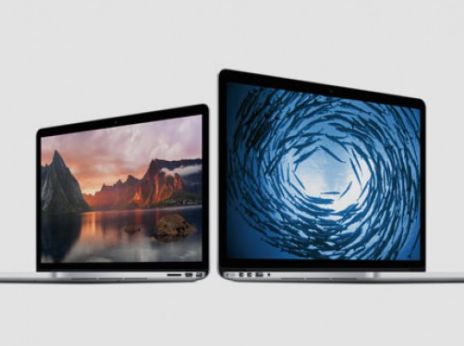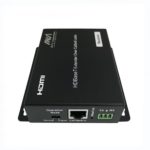Advantages of LED Laptop Screens over LCD

The quality of laptop screens and the imagery they project is a very important these days. With high resolution images and HD, 1080p videos, the monitor display has to be exceptionally good to do justice for such high quality images and videos. LCD and LED laptop screens are the most popular monitors in market today and they are significantly different from one another. There are a lot of functional, operational and performance related differences between the both. Beginners find it hard to differentiate between the both and end up buying the wrong one sometimes. This article will briefly discuss those differences to make a better buying decision.
What are LCD and LED laptop screens?
LCD and LED screens bear one primary difference, which is the backlighting. A monitor screen requires a backlight that can allow the device to create an image on the screen. LCDs use Cold Cathode Fluorescent Lamps (CCFL) as backlights and LED laptop screens use Light Emitting Diodes (LED) as backlights. This one particular difference makes both the variants very distinct from one another in their operation. Below is a list of differences between the both for buyers to know them better when they are out to buy.
1. Color and Brightness
The different backlights used in both the screens play a very important role in varying their color and brightness output. LEDs are more bright and colorful as LEDs don’t require a warm up time like CCFL which takes a couple of seconds to offer light. In addition, the colors on LED screens are more authentic and the images displayed consequently have good contrast. LEDs gain an advantage when compared to LCDs here because of the minute adjustments made.
2. Power Usage
LEDs are becoming widely popular and are considered to be the future of lighting. The primary reason to this is that they are highly energy efficient and emit minimum heat. Thus, LED laptop screens consume very less power when compared to LCD screens. As a result, one doesn’t have to frequently charge the laptop nor see a rise in the electricity bill.
3. Size and Weight
LED laptop screens don’t occupy a lot of space like CCFL and thus facilitate the monitor to be light weight and thin in dimension. Flat screens are a rage today and bulky screens are seen as outdated. Moreover thinner screens are light weight, adding to the portability and ease of travel.
4. Longevity
LEDs are considered the lighting of the future for one more reason. These bulbs are very durable and cost less too. Thus LED laptop screens will have lesser operational problems and don’t need a replacement for a long time. On the other hand, CCFLs start to fade over a time and this directly affects the monitor output.
5. Cost
LCDs gain the points here as they are less expensive when compared to LED laptop screens. Price is an important consideration buyers make while buying and it highly affects their buying decision. However, LEDs clearly outsmart LCD laptop screens in terms of output, durability and flexibility.









